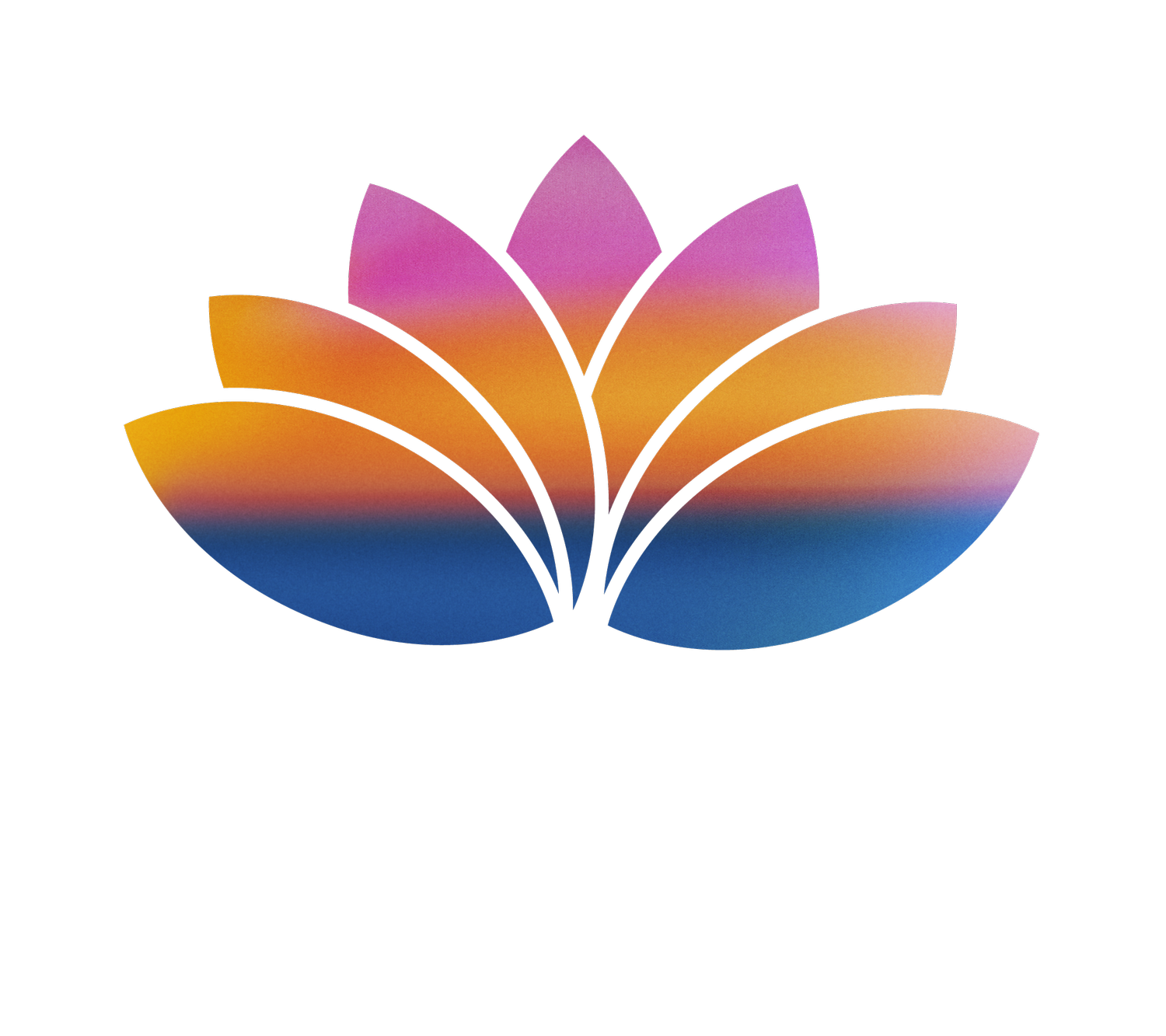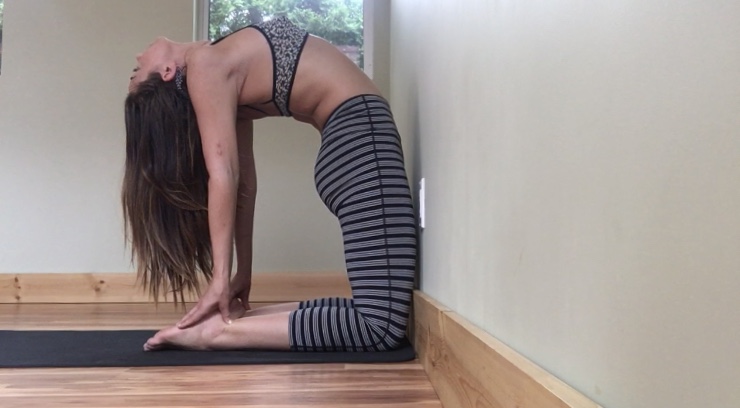Back Bends and Yoga
Both from an emotional and a physical standpoint, back bending is one of the most important types of postures to practice in yoga. They are not practiced often enough in Western classes. Why is this? While teaching, I have found that there are plenty of students who will just throw their bodies into the posture too eagerly. On the flip side, there are the students who feel nauseated and terrified while back bending. What is it about these postures that causes such intense reactions? Here’s one theory.
Back bending postures stretch and awaken the gut. Serotonin, our mood regulating neurotransmitter, is mainly produced in the gut. In fact, "95 percent of the body's serotonin is found in the bowels" according to an article written for Scientific American (scientificamerican.com/article/gut-second-brain). Scientists refer to the Enteric nervous system as our "second brain." It resides in our abdomen and is largely responsible for our
digestion, which strongly relates to our feelings of overall wellness and mental health. Serotonin is produced in our "second brain" and contributes to a healthy gut if balanced and working properly. The Vagus nerve, the longest cranial nerve in our body, travels all the way up to the heart and behind the ears. However, it sends the majority of the signals to the gut first. In back bending postures, we can access this Vagus nerve and put it to work for us. If this untapped serotonin is living in our gut and our Vagus nerve takes these mood regulating chemicals and sends them to the brain, we can fight depression and anxiety naturally with back bending postures.
While some people enjoy the feeling of opening and stretching, it can produce the opposite response in others. For those students who do feel the adverse reactions to back bending, it is important to keep trying in a safe and slow manner. Ask your teacher for gently ways to access or build up to back bending postures. Most likely the students who fear it and react to it are the ones who need it the most. In time, these students will be able to access the amazing physical and emotional benefits of these postures. In a yoga class, it’s important to give different levels of back bending for the students to try.
Regardless of how a student feels about back bending, it is important to start somewhere. In order to send blood flow and nutrients to this part of the body, we need back bending practice. What are the energetic chakras associated with a stagnant gut and neglected opening of the belly muscles? The Solar Plexus location is synonymous with the second bandha, Udyana bandha. The chakra association with the solar plexus is the third chakra, traditionally named Manipura. Manipura’s color is yellow, symbolized by a ten-petaled flower and in the center, a downward facing triangle. It’s the fire element. When this chakra is blocked due to life events and the activity of the autonomic nervous system, an individual might feel symptoms such as a loss of personal identity or personal power. Inability to self-assure, lack of self-confidence, trouble taking responsibility for one’s life. Back bending can awaken this chakra and get the energy flowing once again.
The second chakra and bandha associated with back bending (and the most crucial in this writer's opinion) is the Mula bandha. This bandha contracts the muscles of the pelvic floor, bladder, and genitals. With a gentle recruitment of the inner thigh muscles (i.e. squeezing together), this sensation can feel more apparent. Energetically, it’s associated with the root chakra, the color red, and a four-petaled lotus with a downward triangle. When this chakra is imbalanced, symptomatic feelings of insecurity, a need to survive, a lack of support or grounding are associated. Back bends can help stimulate the Vagus nerve, produce Serotonin, send blood flow and nutrients to the gut, and awaken the lower two chakras.
Back bends are better practiced with a well-trained yoga teacher.
Here are some options for back bending postures: Salabhasana (Locust Pose), Purovottanasana (Intense Stretch to the East pose), Danurasana (Bow Pose), Urdhva Mukha Svanasana (Upward Dog), Ustrasana (Camel Pose), Urdva Danurasana (Upward Facing Bow Pose), Eka Pada Rajakapotasana (Pigeon pose)
Other resources: britannica.com/science/vagus-nerve


